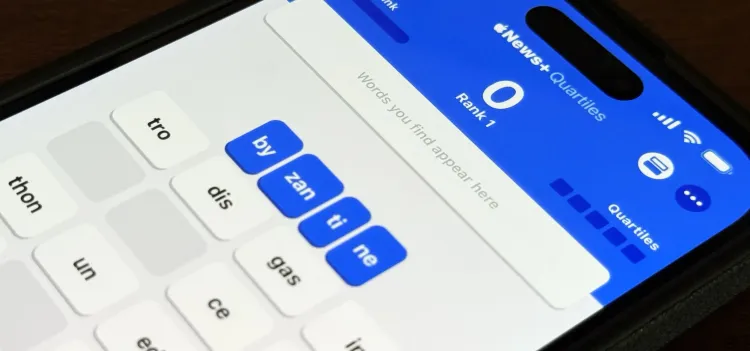Why Did Trump’s Digital Currency Drop on Its First Day of Trading?

The launch of former President Donald Trump’s digital currency was one of the most anticipated events in the financial and political spheres. Market watchers, investors, and cryptocurrency enthusiasts had high expectations, predicting a surge due to Trump’s personal brand and influence. However, the currency experienced a sudden drop on its very first day of trading, raising questions about its viability and the factors behind this unexpected decline.
The Hype Before Launch
Trump’s digital currency was promoted as a revolutionary tool aimed at creating a new financial ecosystem aligned with his political and economic vision. Supporters believed the currency would leverage Trump’s extensive network, brand recognition, and loyal fan base to achieve mainstream adoption quickly.
Financial news outlets highlighted the excitement, with many predicting a rapid rise in value during the first 24 hours. The pre-launch buzz created a sense of urgency among investors, leading to heavy initial trading activity.
Market Skepticism
Despite the initial excitement, financial analysts had voiced caution long before the currency went live. Concerns included a lack of regulatory clarity, questions about underlying technology, and the absence of a strong, established blockchain network. Market participants worried about volatility, particularly because political factors could directly influence the currency’s value.
On launch day, these fears manifested. Investors were quick to react to minor market signals, resulting in an immediate sell-off that drove the value down.
Regulatory and Legal Concerns
One of the main reasons for the currency’s decline was uncertainty surrounding U.S. financial regulations. Cryptocurrency is already a heavily scrutinized market, and the involvement of a politically polarizing figure like Trump added another layer of complexity.
Regulatory authorities had yet to issue clear guidelines on the trading, taxation, and legal responsibilities associated with Trump’s currency. This ambiguity discouraged institutional investors and triggered caution among retail traders.
Technological Limitations
Another factor contributing to the drop was the technical infrastructure of the digital currency. Analysts noted that the platform experienced slow transaction times and limited compatibility with existing digital wallets. For users accustomed to fast, reliable crypto transactions, this created frustration and uncertainty.
[Blockchain experts] suggested that without a robust and secure infrastructure, the currency was vulnerable to market instability.
Public Perception and Political Polarization
Public sentiment also played a crucial role. Trump’s involvement polarized potential users; while his supporters were eager to adopt the currency, critics actively discouraged investment. Social media discussions, news commentary, and political debates created a turbulent environment that amplified negative perceptions.
Many analysts argue that the currency’s performance was as much influenced by politics as by market mechanics, making it uniquely sensitive to political developments.
Competitive Market Pressures
The cryptocurrency market is crowded, with thousands of coins competing for attention. Established currencies like Bitcoin and Ethereum dominate, and newcomers often struggle to gain trust and traction. Trump’s currency faced the challenge of proving its value proposition beyond brand recognition.
Investors compared it against other stablecoins and utility tokens, and initial trading revealed skepticism about its long-term viability.
The Investor Reaction
On the first day of trading, early investors quickly realized the risks. The rapid price drop triggered panic selling, further exacerbating the decline. Many analysts highlighted the importance of investor education and caution, noting that speculative enthusiasm often leads to volatility in politically linked financial instruments.
Future Prospects
While the initial drop was significant, experts suggest that the currency’s future is not necessarily doomed. Success will depend on addressing regulatory concerns, improving technological infrastructure, and building credibility among a broader audience. Without these elements, however, the digital currency risks being perceived as a short-term political experiment rather than a sustainable financial asset.
Analysis and Conclusion
Trump’s digital currency offers a unique case study at the intersection of politics, finance, and technology. The first-day drop reflects a combination of market skepticism, regulatory uncertainty, technological shortcomings, and political polarization. While the initial performance was disappointing, the currency could recover if it demonstrates real-world utility, gains investor confidence, and navigates regulatory frameworks effectively. For now, it remains a cautionary tale for politically affiliated digital assets.




